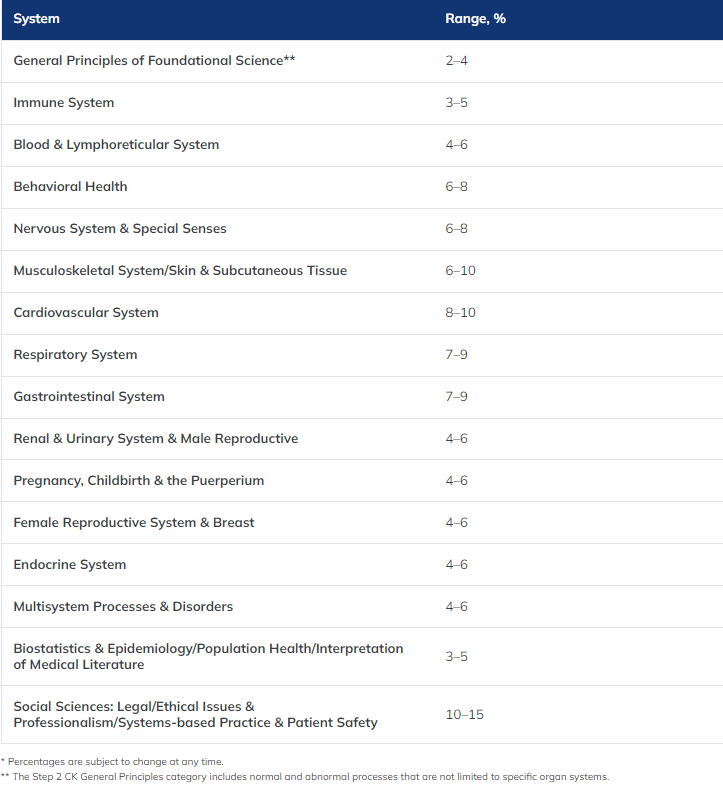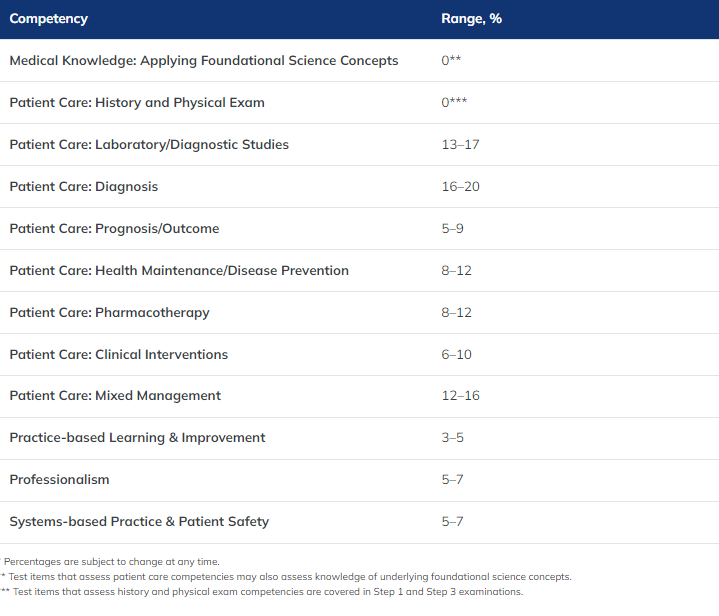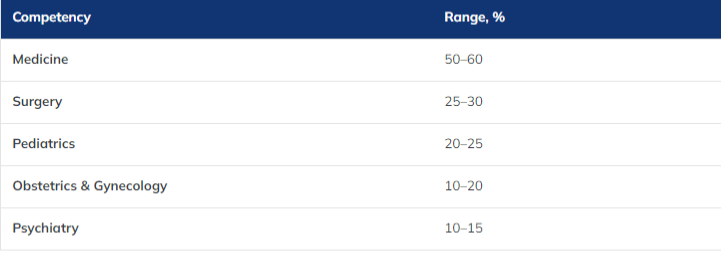How to Read Vignettes- Efficiently!

One of the sections of exams students have the most difficult time with is the vignettes section. We’ve discussed this topic before here, where we show how to break down the process of answering vignettes. But in this blog, we’ll get into the nuts and bolts of reading the passages a little more effectively.
Formatting is everything
First, how you approach vignettes will depend on what format they are in. A video vignette requires you to sit through a segment of recorded interactions and glean information off of those interactions (usually between and doctor and patient). A written vignette gives you a block of information you can refer back to to answer questions.
The key difference between these two is time management. For a video vignette, you won’t want to waste your exam time going back and re-watching the video (which isn’t allowed in some cases, anyway). You can’t control the speed that the video plays, so you’re at the mercy of the media to go through its time. Because of this, you’ll want to pay close attention as you watch through the video the first time. Thankfully, bits of video can stick out as they’re composed of dialogue instead of raw facts, and this can help recall later.
Video Vignettes
As you watch the videos, keep in mind what should stick out- deviances from typical life, distress from a symptom, dysfunction due to ongoing issues, or potential danger to the self or others. This is a simple concept, but it’s usually the part that you need to pay attention to. An important factor in video vignettes to pay attention to is HOW to patient says these things. You’ll likely be quizzed on not only the information presented, but also how that information is delivered. Is the patient frenzied, calm, mood incongruent, or lethargic? Is that relevant to what they’re saying? It’s a lot to keep track of, but when you have to spend your time wisely, it’s best to dial into those videos.
Written Vignettes
Conversely, written vignettes will take up your time in a different way. Typically you’re presented with a fleshed out story and asked to determine answers that are either insinuated or determinable based on that information. For these, you can go back and re-read sections as you go. This means you don’t have to be laser-focused the first time reading it, and you can refer back to it. But this also means the questions involved may be a bit trickier and require more introspection. Keep in mind the basic information presented (i.e., demographics, time range of symptoms, key issues going back to the 4 D’s). Then as you delve deeper into the questions, refer back for more specifics.
Take away-
Vignettes are challenging. And they should be, as they are the more accurate representation of what it’s like working with real-life patients. And just like patients, they have their individual quirks that make them unique each time. A great way to get comfortable with these questions is the PRACTICE! Take time to go through and get used to what kind of information you need to pay attention to, in a setting that doesn’t penalize you for time.
We tailor each bank to the type of test you’re taking, whether that is Nurse Practitioner Mental Health Certification, ABPN, USMLE, or PRITE. You can take these practice exams over and over again until you get the hang of it. You can use the timed mode that mimics the actual exam so you really get in the groove of managing your time. Give our clinical vignettes a try- totally FREE – using our Free Trial!
If you like what you see on the trial, check out our Question Banks and find the best option for you! Or, contact us with any questions you have so we can get you on the right path today!










